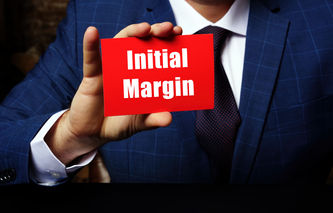Definition
The term lambda refers to a measure of the percentage change in the premium paid for an option for every percentage change in the price of the underlying asset. Lambda allows the investor to understand the sensitivity of an option's price to a change in the underlying asset's price.
Explanation
Lambda is a measure that allows an investor to understand the anticipated percentage change in the price of an option for every one percent change in the price of the underlying asset. In this manner, lambda is a measure of the implied price volatility of the asset. High lambda values indicate the premium on an option is relatively sensitive to the price volatility of the underlying asset, or security. Low lambda values indicate the premium on an option is relatively insensitive to the price volatility of the underlying asset, or security.
Lambda is one of the "Greek" metrics associated with options; several of the other Greeks include:
Delta: tells the investor the rate of change in the theoretical premium paid or received for an option for one unit change in the price of the underlying asset.
Gamma: tells the investor how fast delta will change if the price of the underlying asset changes by one point.
Kappa or Vega: tells the investor how much the premium on an option will change for every one percentage change in the underlying asset's implied volatility.

.png)



